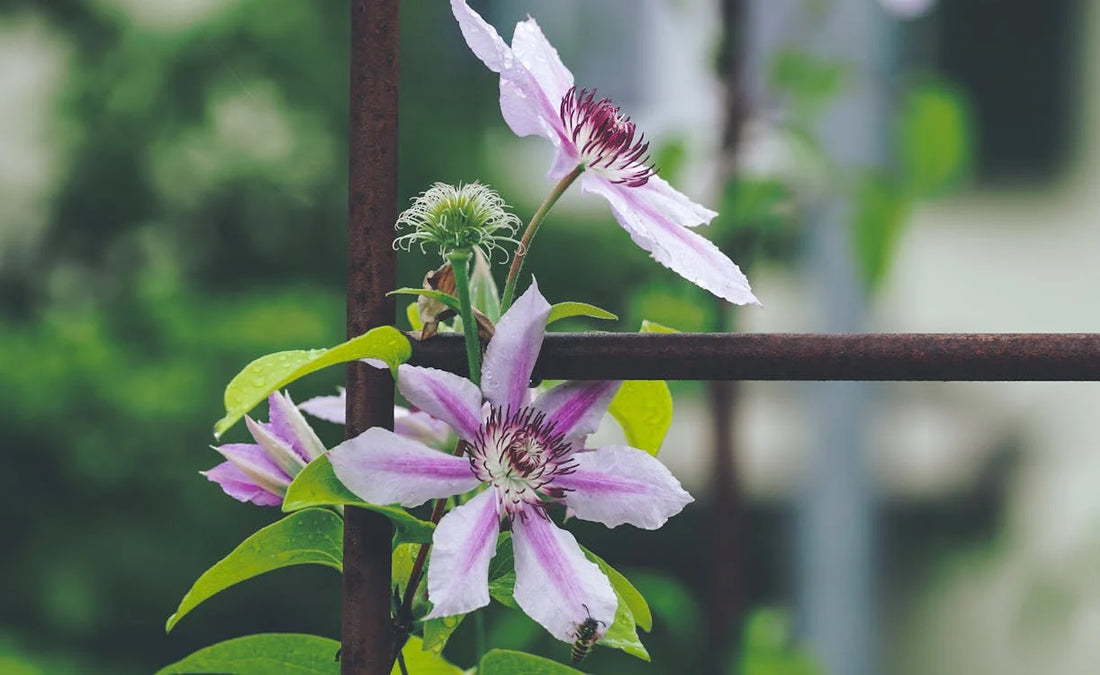
Background and history of the Clematis
Share
The Clematis has a rich history that goes back to ancient times. Originally from parts of Europe, Asia and North America, this plant is now grown and admired worldwide. The name “Clematis” is derived from the Greek word “klema,” which means “tendril,” and that is exactly what makes this plant so special: its ability to climb and twine.
In Europe, Clematis became popular in the Middle Ages as an ornamental plant in monastery gardens, where it was often used to cover walls and pergolas. In the 16th century, it was introduced to England, where its popularity grew rapidly. Today, there are over 300 species and numerous hybrids available, ranging from large-flowered varieties to small, fragrant varieties.
In addition to its aesthetic value, the Clematis also has a symbolic meaning. In the language of flowers, the Clematis stands for artistry and ingenuity, which fits well with its graceful and versatile character. In some cultures, it is seen as a plant that brings harmony and balance, partly due to its ability to envelop and connect other plants or objects.
With its rich history, symbolic value and unparalleled beauty, the Clematis is a plant that will bring any garden to life. Whether you choose a modern application or a more classic arrangement, this plant is always a valuable addition to your outdoor space.
